Home>Home Appliances>Laundry Appliances>How To Wash Stuffed Animals In The Washing Machine
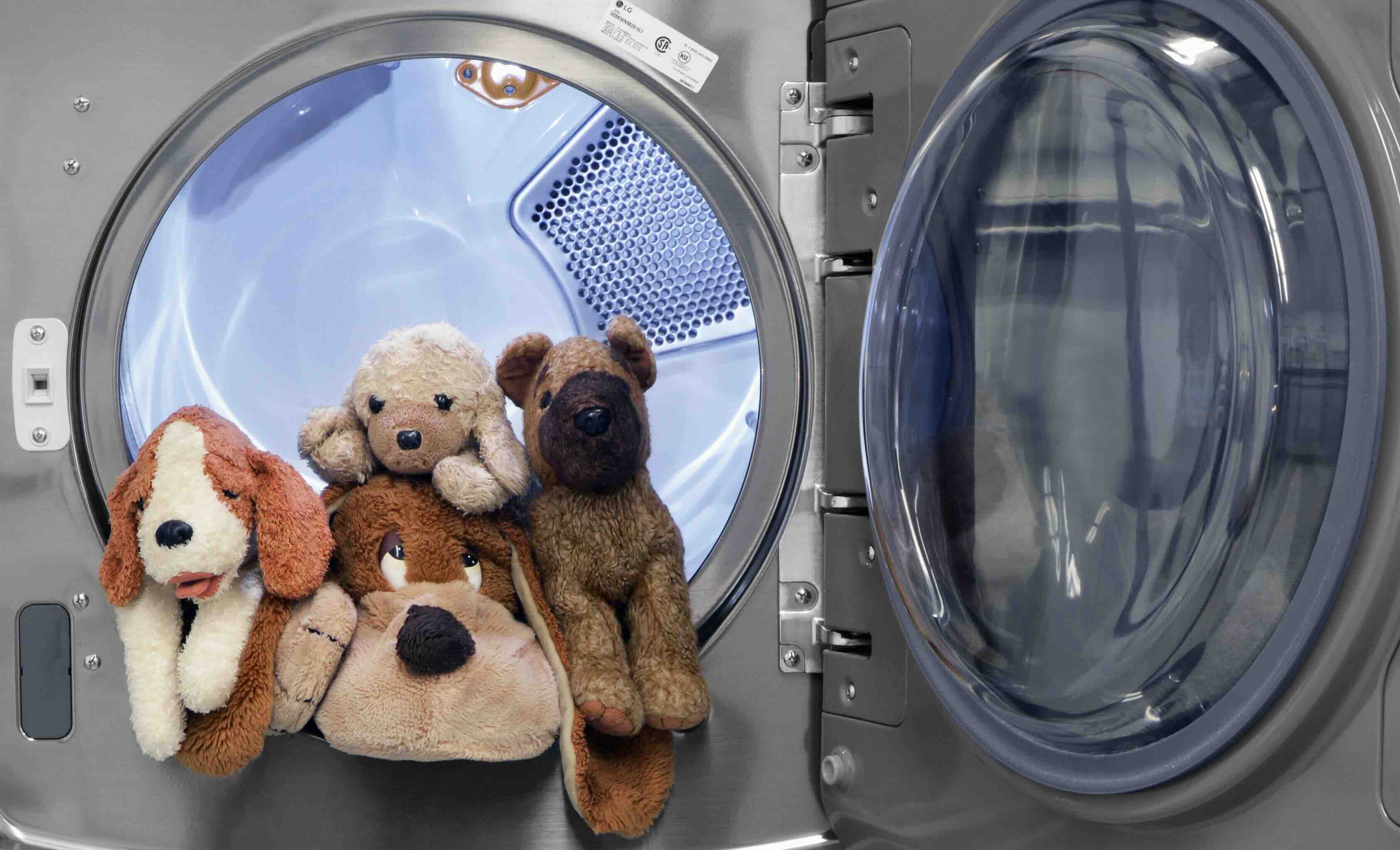

Laundry Appliances
How To Wash Stuffed Animals In The Washing Machine
Modified: October 20, 2024
Learn how to safely wash stuffed animals in the washing machine using laundry appliances. Keep your child's favorite toys clean and fresh with these simple tips.
(Many of the links in this article redirect to a specific reviewed product. Your purchase of these products through affiliate links helps to generate commission for Storables.com, at no extra cost. Learn more)
Introduction
Washing stuffed animals may seem like a simple task, but it requires careful consideration to ensure that the cherished toys remain clean and intact. Whether it's a beloved childhood companion or a decorative piece, maintaining the cleanliness of stuffed animals is essential for both hygiene and sentimental reasons. In this comprehensive guide, we will explore the step-by-step process of washing stuffed animals in the washing machine, providing valuable insights and tips to help you preserve the integrity of these cherished items.
Stuffed animals often hold significant sentimental value, making them irreplaceable in the eyes of their owners. From comforting children during bedtime to serving as nostalgic keepsakes, these cuddly companions play a vital role in many households. However, over time, they can accumulate dust, dirt, and other contaminants, necessitating a thorough cleaning process. By understanding the proper techniques for washing stuffed animals, you can maintain their cleanliness without compromising their structural integrity.
Furthermore, the hygiene aspect cannot be overlooked. Stuffed animals are prone to collecting dust, allergens, and germs, especially if they are frequently handled or displayed in high-traffic areas. Regular cleaning not only removes visible dirt and stains but also eliminates unseen particles that could potentially pose health risks, particularly for individuals with allergies or respiratory sensitivities.
In the following sections, we will delve into the essential considerations for washing stuffed animals, including checking the care label, preparing the items for washing, selecting the right detergent, choosing the appropriate washing cycle, and ensuring proper drying techniques. Additionally, we will provide valuable tips and considerations to help you navigate the process with confidence and achieve optimal results.
By following the guidance outlined in this article, you can effectively maintain the cleanliness and longevity of your cherished stuffed animals, allowing you to continue enjoying their comforting presence while upholding a hygienic environment for your family. Let's embark on this journey to discover the best practices for washing stuffed animals in the washing machine, ensuring that these beloved companions remain fresh, clean, and ready for many more cuddles to come.
Key Takeaways:
- Keep your stuffed animals clean and intact by checking the care label before washing. Prepare them by removing accessories, securing fastenings, and using a gentle brushing. This ensures a successful and safe washing process.
- When washing stuffed animals, select a gentle detergent, use the delicate cycle, and air dry them to maintain their softness and appearance. Regular maintenance and personalized care will keep your cherished toys fresh and safe for cuddles.
Checking the Care Label
Before embarking on the process of washing a stuffed animal, it is crucial to begin by carefully examining the care label attached to the item. The care label provides essential information regarding the recommended cleaning methods and any specific precautions to be observed. By heeding the instructions outlined on the care label, you can ensure that the washing process is tailored to the unique requirements of the stuffed animal, minimizing the risk of damage and preserving its overall quality.
The care label typically includes valuable details such as the material composition of the stuffed animal, specific cleaning instructions, and any warnings or limitations related to washing. Common symbols or written instructions may indicate whether the item is machine washable, hand wash only, or dry clean only. Additionally, the care label may provide insights into the maximum water temperature, the use of bleach or fabric softeners, and the recommended drying methods.
If the care label indicates that the stuffed animal is machine washable, it is essential to proceed with caution and adhere to the specified guidelines. On the other hand, if the care label suggests hand washing or dry cleaning, it is advisable to follow these instructions to prevent potential damage to the item.
In cases where the care label is missing or illegible, it is recommended to err on the side of caution and opt for gentle cleaning methods. This may involve hand washing the stuffed animal or using a mild detergent to spot clean specific areas. However, if the item holds significant sentimental or monetary value, seeking professional cleaning services may be the safest course of action.
By meticulously reviewing the care label before initiating the washing process, you can make informed decisions and tailor the cleaning approach to align with the specific requirements of the stuffed animal. This proactive step serves as a fundamental aspect of preserving the item's integrity and ensuring that it emerges from the washing machine in a refreshed and unharmed state.
In summary, the care label serves as a valuable guide for determining the appropriate cleaning method for a stuffed animal. By attentively checking and interpreting the instructions provided on the care label, you can proceed with confidence, knowing that the washing process is tailored to meet the unique needs of the item, thereby safeguarding its longevity and overall condition.
Preparing the Stuffed Animal
Before placing a stuffed animal in the washing machine, it is essential to prepare the item adequately to ensure a thorough and gentle cleaning process. This preparation phase involves several key steps that are crucial for safeguarding the integrity of the stuffed animal and optimizing the washing results.
Step 1: Surface Inspection
Begin by conducting a visual inspection of the stuffed animal to identify any visible stains, soiling, or areas that require special attention. This initial assessment allows you to pinpoint specific areas that may need pre-treatment or spot cleaning before the item is placed in the washing machine. By addressing these localized issues beforehand, you can enhance the overall effectiveness of the washing process and prevent the spread of stains during cleaning.
Step 2: Removal of Accessories
If the stuffed animal is adorned with detachable accessories such as ribbons, bows, or clothing, it is advisable to remove these items before washing. Detachable accessories may not withstand the rigors of the washing machine and could potentially cause damage to the stuffed animal or other garments in the load. Carefully detach any removable embellishments and set them aside for separate cleaning or safekeeping during the washing process.
Read more: How To Organize Stuffed Animals
Step 3: Secure Fastenings
Check for any loose seams, buttons, or embellishments that could pose a risk of snagging or entanglement during the washing cycle. Secure any loose components by gently stitching or fastening them to prevent damage to the stuffed animal or the washing machine. By addressing these potential hazards proactively, you can minimize the likelihood of damage and ensure a smooth washing experience.
Step 4: Gentle Brushing
Using a soft-bristled brush or a lint roller, gently remove surface dust, pet hair, or loose debris from the stuffed animal. This preliminary brushing helps to eliminate loose particles that may not be effectively removed during the washing process, thereby enhancing the overall cleanliness of the item. Pay particular attention to areas with dense fur or intricate details to ensure thorough removal of debris.
Step 5: Containment
To protect the stuffed animal from potential damage caused by agitation in the washing machine, consider placing it inside a mesh laundry bag or a pillowcase with a secure closure. This additional layer of protection helps to minimize friction and movement during the washing cycle, reducing the risk of damage to delicate features or embellishments.
By meticulously preparing the stuffed animal before placing it in the washing machine, you can mitigate potential risks and optimize the cleaning process, ultimately ensuring that the item emerges from the wash cycle in a refreshed and well-maintained condition. These preparatory steps form a critical foundation for achieving successful washing outcomes while safeguarding the structural integrity and aesthetic appeal of the cherished stuffed animal.
Using the Right Detergent
Selecting the appropriate detergent is a pivotal aspect of washing stuffed animals in the washing machine. The choice of detergent directly influences the cleanliness, softness, and overall condition of the item after the washing process. To ensure optimal results and preserve the integrity of the stuffed animal, it is essential to consider several key factors when choosing the right detergent.
Read more: How To Hang A Stuffed Animal Hammock
Consider the Sensitivity of the Material
The first consideration when selecting a detergent for washing stuffed animals is the sensitivity of the material. Many stuffed animals are crafted from delicate fabrics or contain intricate details that require gentle care. In such cases, opting for a mild and hypoallergenic detergent is advisable. These detergents are formulated to be gentle on fabrics, making them suitable for cleaning plush toys without causing damage or irritation.
Avoid Harsh Chemicals
It is crucial to steer clear of detergents that contain harsh chemicals, strong fragrances, or brightening agents. These additives can potentially compromise the texture and color of the stuffed animal, leading to discoloration, stiffness, or allergic reactions. By choosing a detergent that is free from harsh chemicals and artificial fragrances, you can safeguard the plush toy from adverse effects and maintain its original softness and appearance.
Opt for a Gentle Formula
When washing stuffed animals, it is recommended to use a detergent specifically designed for delicate fabrics and sensitive skin. Look for detergents labeled as "gentle," "baby-safe," or "sensitive skin," as these formulations are tailored to provide effective cleaning while minimizing the risk of irritation or damage to the fabric. Additionally, gentle detergents are less likely to leave behind residue, ensuring that the stuffed animal emerges from the washing machine clean and free from detergent buildup.
Consider Allergen-Free Options
For individuals with allergies or respiratory sensitivities, choosing an allergen-free detergent is paramount. These detergents are formulated to reduce the presence of common allergens such as dyes, perfumes, and harsh chemicals, making them suitable for washing stuffed animals that may come into close contact with individuals prone to allergic reactions. By opting for an allergen-free detergent, you can create a safer and more comfortable environment for both the stuffed animal and its users.
Follow Manufacturer Recommendations
In some cases, the manufacturer of the stuffed animal may provide specific recommendations regarding the type of detergent to use. It is advisable to adhere to these guidelines to ensure that the cleaning process aligns with the intended care instructions for the item. By following the manufacturer's recommendations, you can maintain the warranty, quality, and longevity of the stuffed animal while achieving optimal cleaning results.
By carefully considering the sensitivity of the material, avoiding harsh chemicals, opting for a gentle formula, choosing allergen-free options, and following manufacturer recommendations, you can confidently select the right detergent for washing stuffed animals in the washing machine. This proactive approach not only enhances the cleanliness and softness of the plush toy but also contributes to its long-term preservation and the well-being of those who interact with it.
Selecting the Proper Washing Cycle
When it comes to washing stuffed animals in the washing machine, selecting the proper washing cycle is a critical step that directly impacts the cleanliness and preservation of the item. The choice of washing cycle determines the level of agitation, water temperature, and overall treatment that the stuffed animal will undergo during the cleaning process. By carefully considering the specific needs of the plush toy and adhering to recommended guidelines, you can ensure that the washing cycle is tailored to deliver effective cleaning while safeguarding the integrity of the item.
Gentle or Delicate Cycle
For most stuffed animals, especially those crafted from delicate fabrics or featuring intricate details, the gentle or delicate cycle is the preferred option. This cycle is characterized by reduced agitation and a slower spin speed, minimizing the risk of damage to the item. The gentle treatment provided by this cycle is particularly suitable for plush toys with embellishments, embroidery, or fragile materials, as it helps to maintain the softness and structural integrity of the item while effectively removing dirt and contaminants.
Cold Water Setting
Opting for a cold water setting is generally recommended for washing stuffed animals, as it helps prevent color fading, shrinkage, and potential damage to the fabric. Cold water is effective in lifting stains and dirt while being gentle on the material, making it an ideal choice for maintaining the vibrancy and overall appearance of the plush toy. Additionally, cold water is less likely to cause excessive wrinkling or deformation, ensuring that the stuffed animal retains its original shape and texture after the washing cycle.
Mild Detergent Dispensation
When selecting the washing cycle, it is crucial to ensure that the detergent is dispensed and distributed effectively throughout the wash. This may involve using a detergent dispenser or adding the detergent directly to the water before introducing the stuffed animal. Proper dispersion of the detergent helps to achieve thorough cleaning without leaving behind residue or causing uneven saturation, ultimately contributing to a more successful washing outcome.
Consideration of Load Size
While washing stuffed animals, it is important to consider the size of the load and avoid overcrowding the washing machine. Overloading the machine can hinder the effectiveness of the washing cycle, leading to inadequate cleaning and potential damage to the items. By allowing ample space for the stuffed animal to move freely within the machine, you can ensure that it receives proper attention during the washing process, resulting in more thorough and consistent cleaning results.
By carefully selecting the proper washing cycle, incorporating a cold water setting, ensuring effective detergent dispersion, and considering the load size, you can optimize the cleaning process for washing stuffed animals in the washing machine. These considerations are instrumental in preserving the softness, appearance, and overall quality of the plush toy, ultimately contributing to a successful and satisfying washing experience.
Drying the Stuffed Animal
After the washing cycle is complete, the proper drying process is crucial to ensure that the stuffed animal emerges from the cleaning process in optimal condition. The drying phase plays a significant role in preserving the plush toy's softness, shape, and overall appearance, making it essential to approach this step with care and attention to detail.
Air Drying Method
Air drying is often the preferred method for drying stuffed animals, as it allows for gentle and gradual moisture evaporation without subjecting the item to excessive heat or mechanical agitation. To begin the air drying process, gently remove the stuffed animal from the washing machine and carefully squeeze out any excess water without wringing or twisting the item. Next, use a clean, absorbent towel to blot the surface of the plush toy, absorbing additional moisture and facilitating the drying process.
Proper Positioning
When positioning the stuffed animal for air drying, it is advisable to reshape and fluff the item to restore its original form and ensure even drying. Avoid placing the plush toy in direct sunlight or near a direct source of heat, as prolonged exposure to heat or sunlight can cause fading, shrinkage, or damage to the fabric. Instead, choose a well-ventilated area with moderate room temperature to facilitate gentle and uniform drying.
Time Considerations
The duration of the air drying process may vary depending on factors such as the size of the stuffed animal, the material composition, and the ambient humidity. It is important to exercise patience and allow the plush toy to air dry thoroughly before returning it to regular use. While air drying times can range from several hours to a full day, the gradual and natural evaporation of moisture helps to maintain the plush toy's softness and prevent potential damage associated with rapid or excessive drying methods.
Alternative Drying Techniques
In cases where air drying may not be feasible, such as during inclement weather or in high-humidity environments, alternative drying techniques can be employed. These may include using a low-heat setting on a hair dryer or employing a fan to facilitate gentle air circulation around the stuffed animal. However, it is essential to exercise caution and monitor the drying process closely to prevent overheating or excessive agitation, which could compromise the integrity of the item.
By carefully adhering to the air drying method, ensuring proper positioning, considering the time required for thorough drying, and employing alternative techniques when necessary, you can effectively complete the drying process for the stuffed animal. This meticulous approach helps to preserve the plush toy's softness, shape, and overall quality, ensuring that it emerges from the washing and drying process in a refreshed and well-maintained state.
Final Tips and Considerations
-
Regular Maintenance: Implement a regular cleaning schedule for stuffed animals to prevent the accumulation of dirt and allergens, promoting a hygienic environment and prolonging the lifespan of the items.
-
Spot Cleaning: Address minor stains or localized dirt promptly through spot cleaning with a gentle detergent and a soft cloth, minimizing the need for frequent machine washing and preserving the overall condition of the stuffed animal.
-
Avoid Excessive Agitation: When washing stuffed animals, refrain from using harsh agitation or high spin speeds, as these actions can cause deformation, damage delicate features, or lead to excessive wear and tear on the fabric.
-
Preserve Fragile Embellishments: Take extra care to protect delicate embellishments such as buttons, sequins, or embroidery during the washing process, as these elements may be prone to damage or detachment if not handled with caution.
-
Consider Professional Cleaning: For valuable or antique stuffed animals, consider seeking professional cleaning services to ensure meticulous care and preservation, especially when dealing with rare or delicate items.
-
Storage Practices: Store stuffed animals in a clean, dry environment away from direct sunlight and moisture to prevent discoloration, mold growth, or deterioration of the fabric over time.
-
Child-Friendly Detergents: When washing stuffed animals intended for children, opt for detergents labeled as safe for children's items, ensuring that the plush toys remain free from harmful residues and allergens.
-
Quality Inspection: Periodically inspect stuffed animals for signs of wear, loose seams, or potential hazards, addressing any issues promptly to maintain the safety and integrity of the items.
-
Educational Value: Use the cleaning process as an opportunity to educate children about the importance of caring for their belongings, instilling a sense of responsibility and appreciation for cherished toys.
-
Personalized Care: Tailor the cleaning approach to the specific needs of each stuffed animal, considering factors such as material composition, age, and sentimental value to ensure personalized and effective care.
By incorporating these final tips and considerations into the washing and maintenance of stuffed animals, you can uphold their cleanliness, longevity, and sentimental significance, fostering a safe and cherished environment for both children and adults.
Frequently Asked Questions about How To Wash Stuffed Animals In The Washing Machine
Was this page helpful?
At Storables.com, we guarantee accurate and reliable information. Our content, validated by Expert Board Contributors, is crafted following stringent Editorial Policies. We're committed to providing you with well-researched, expert-backed insights for all your informational needs.
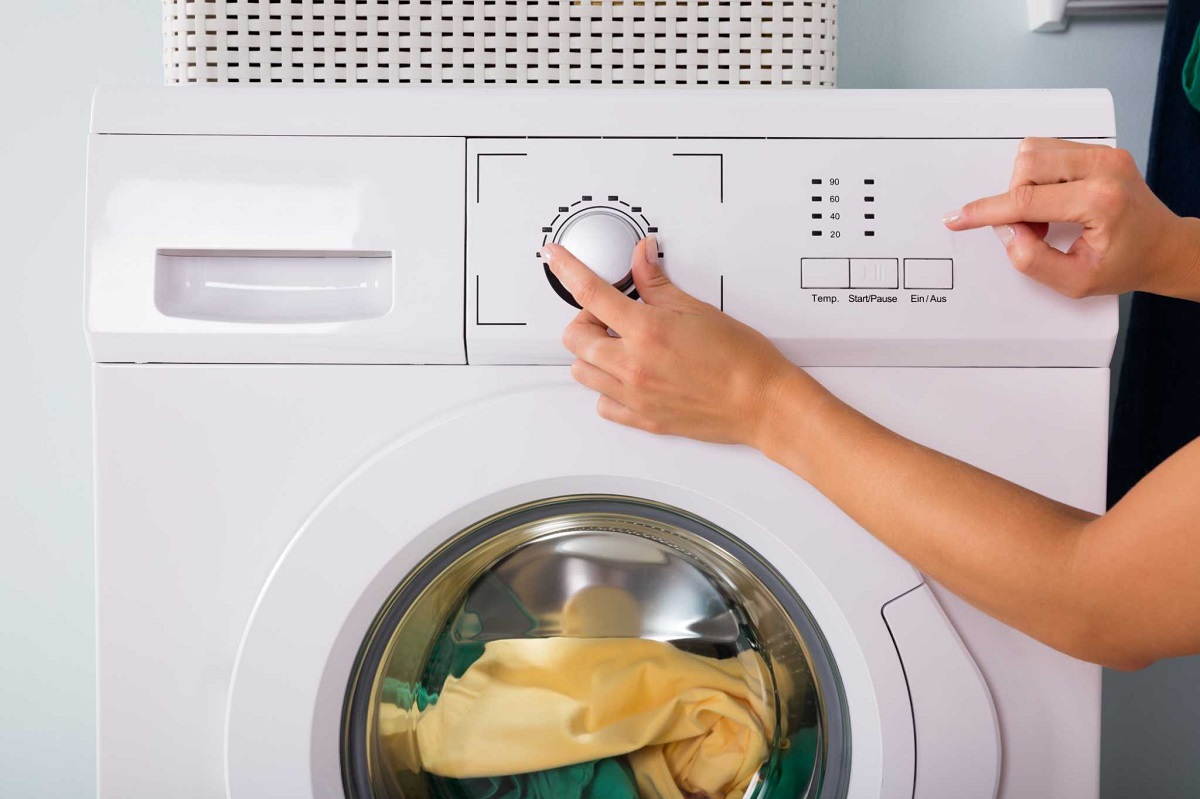
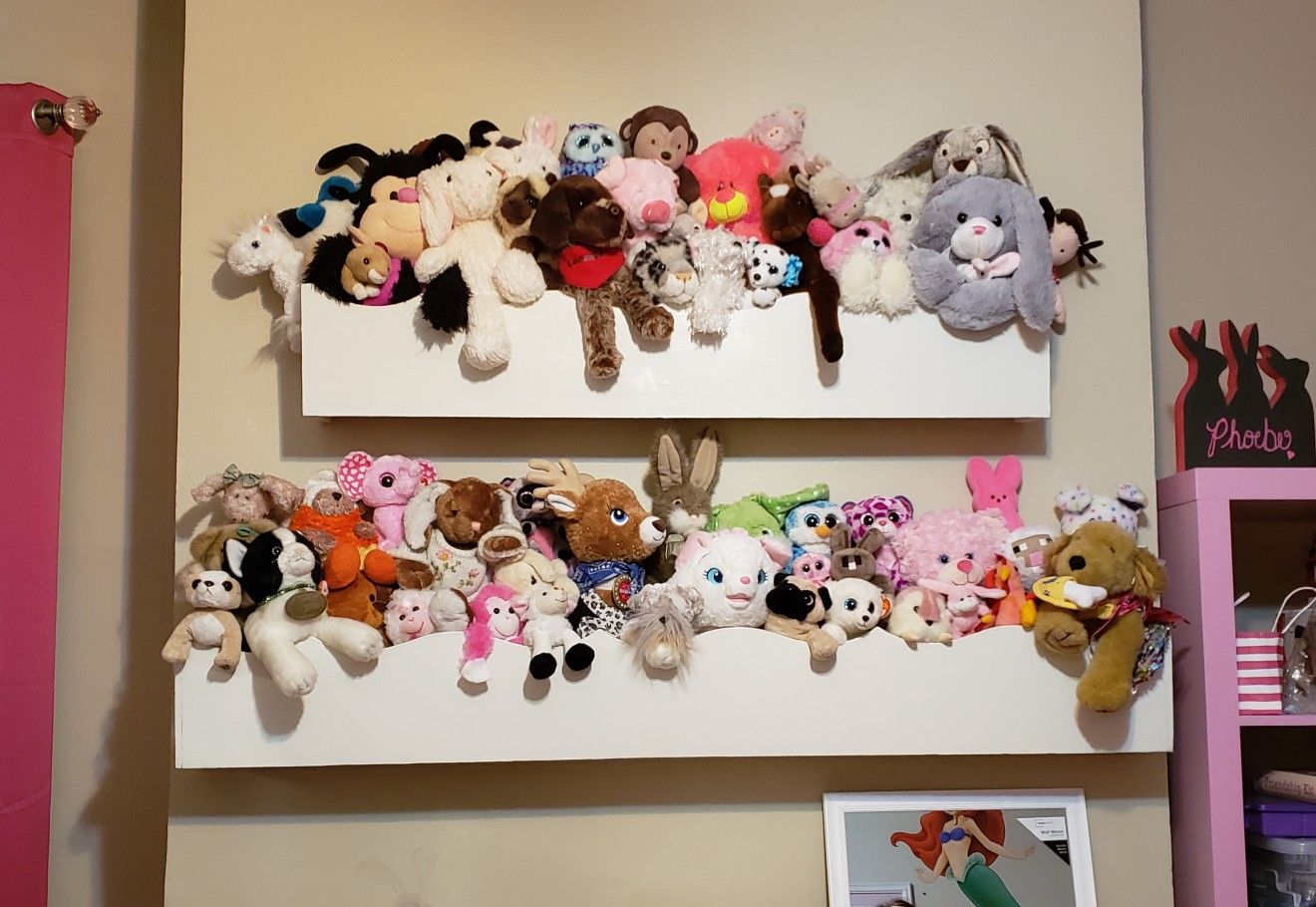
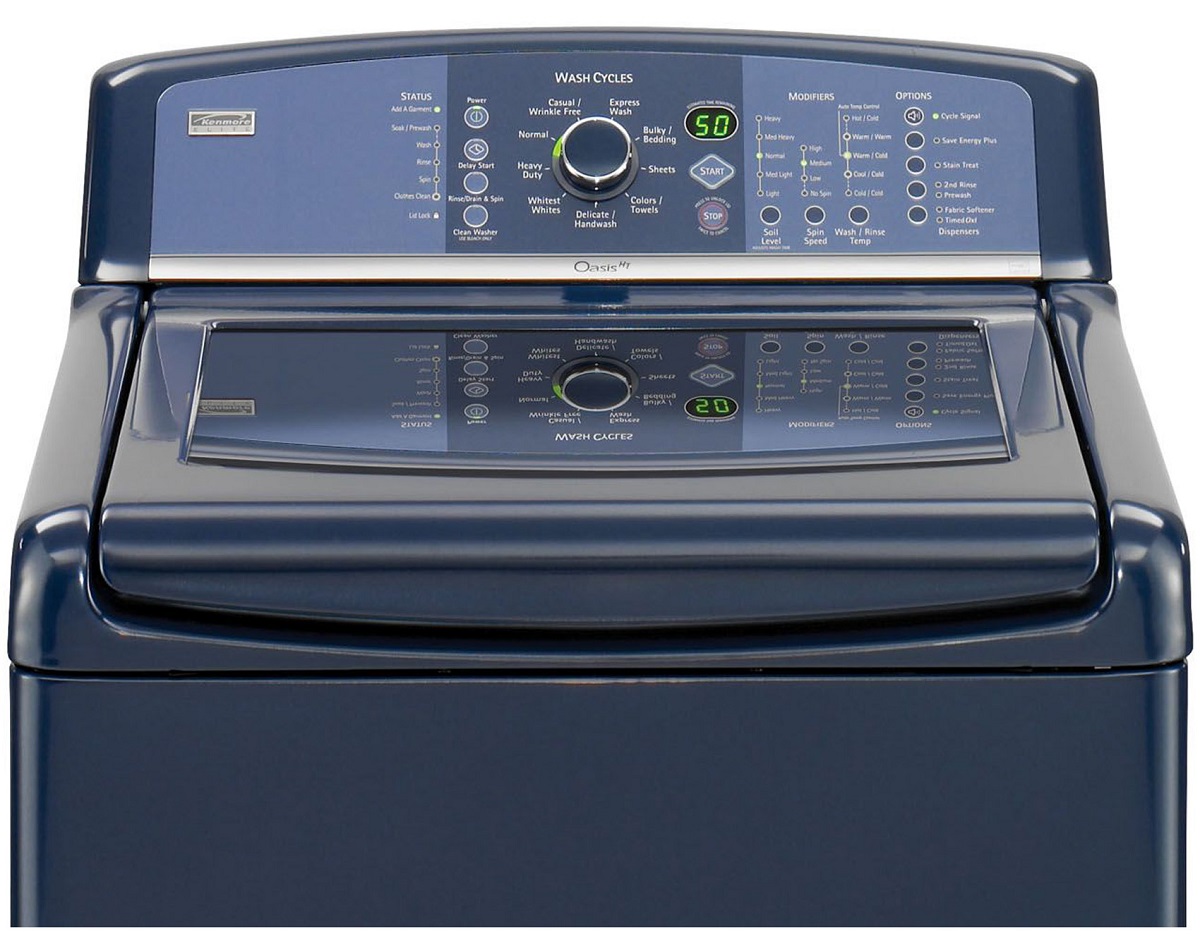
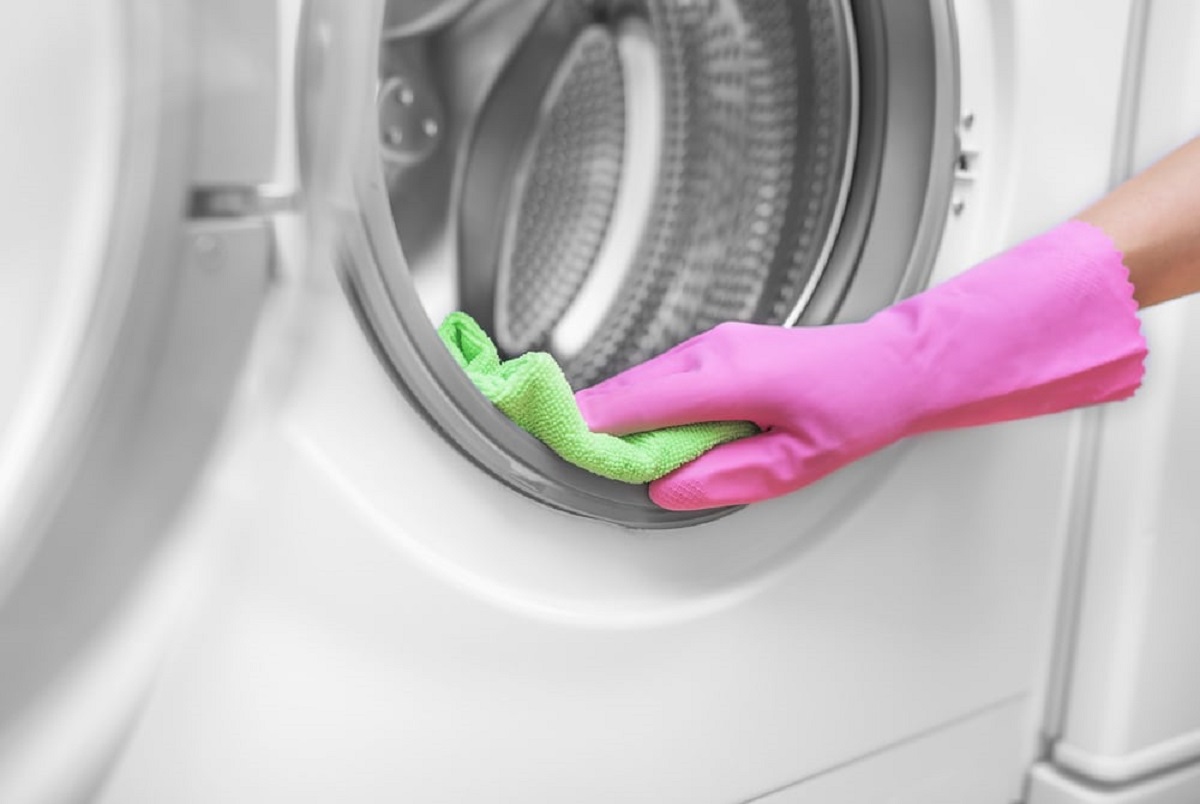
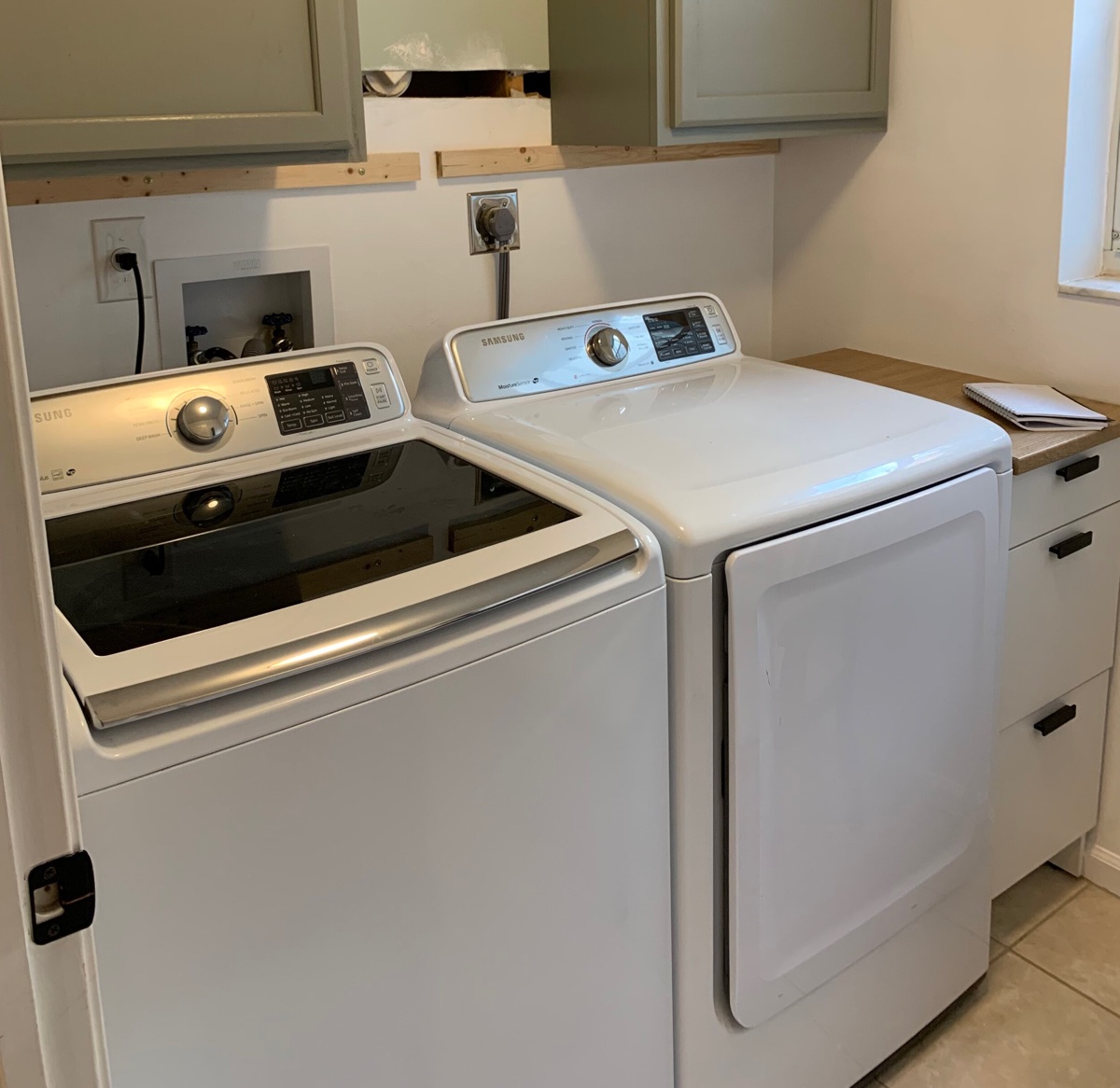
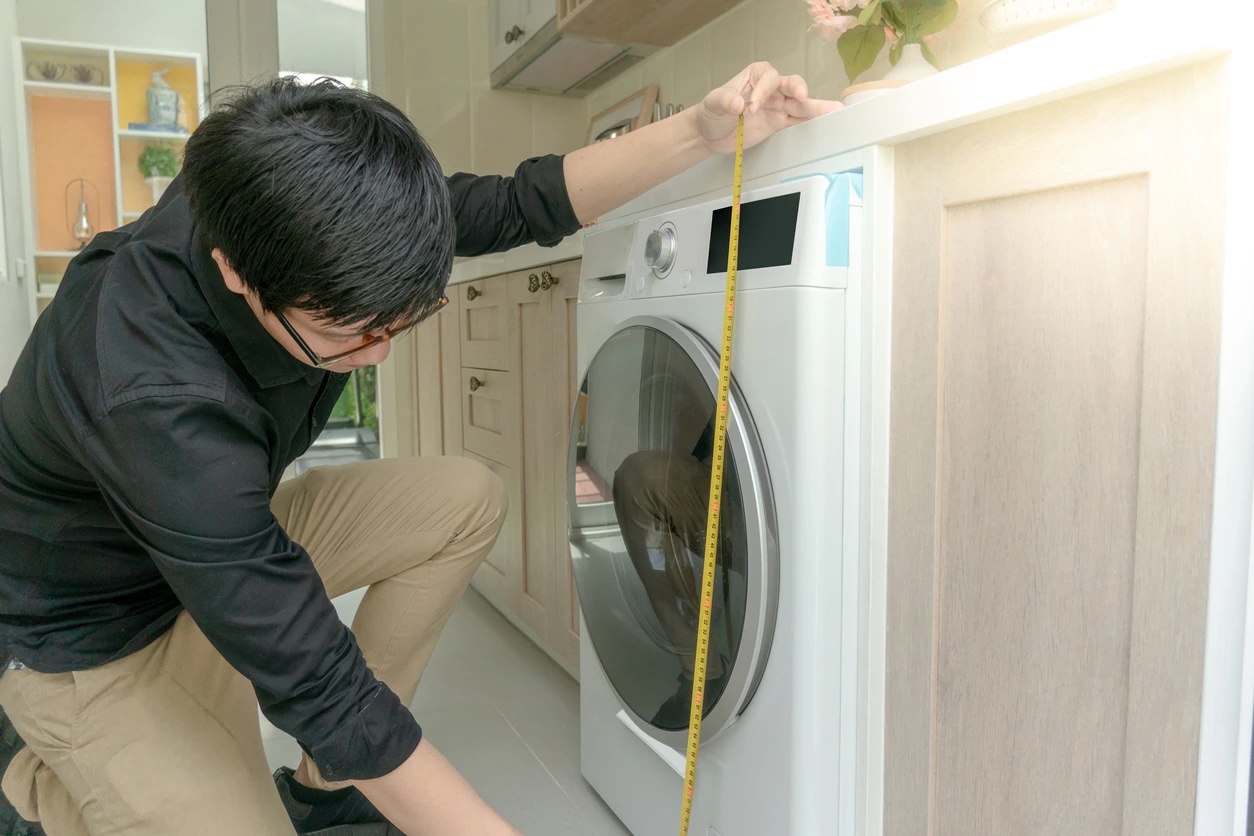
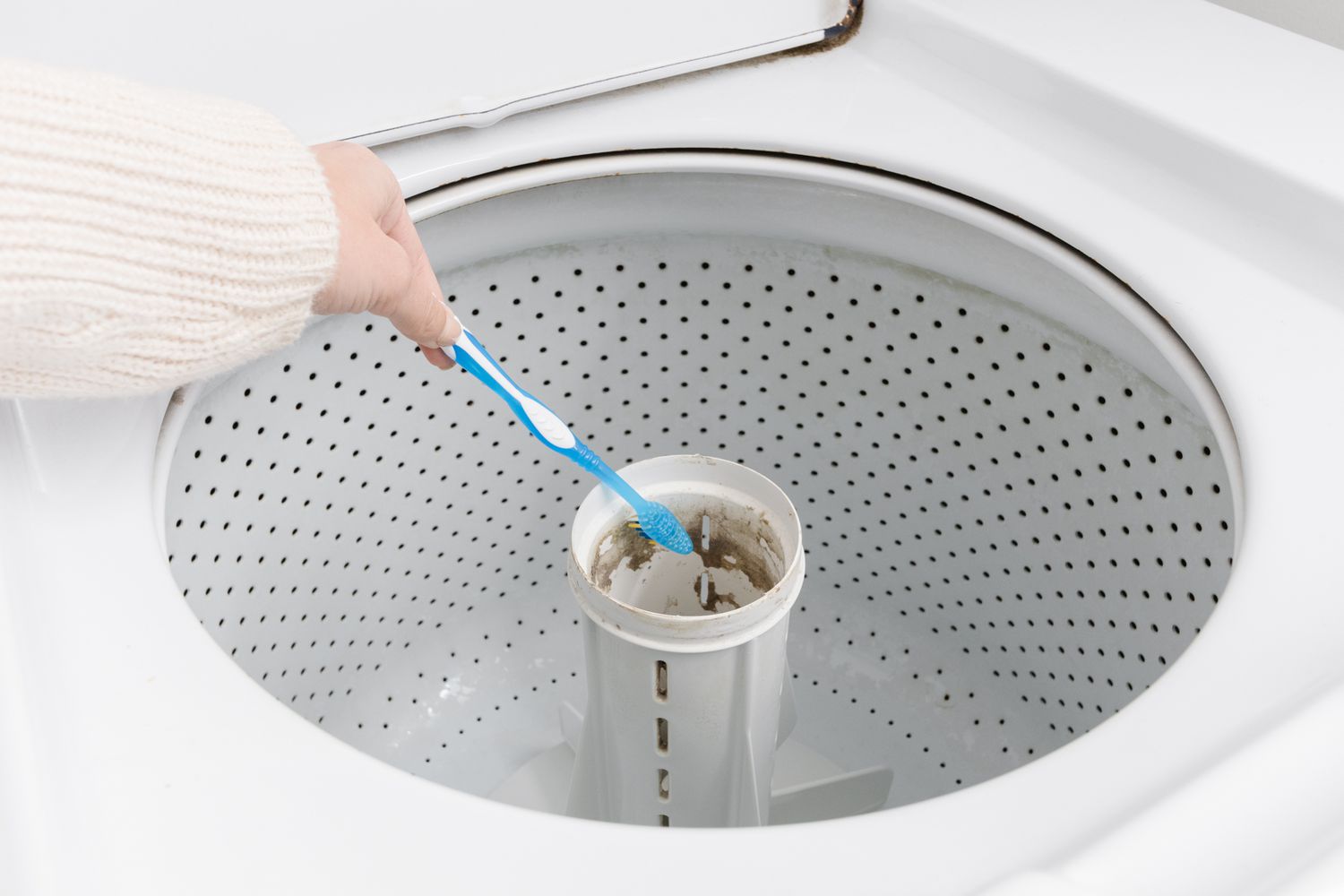

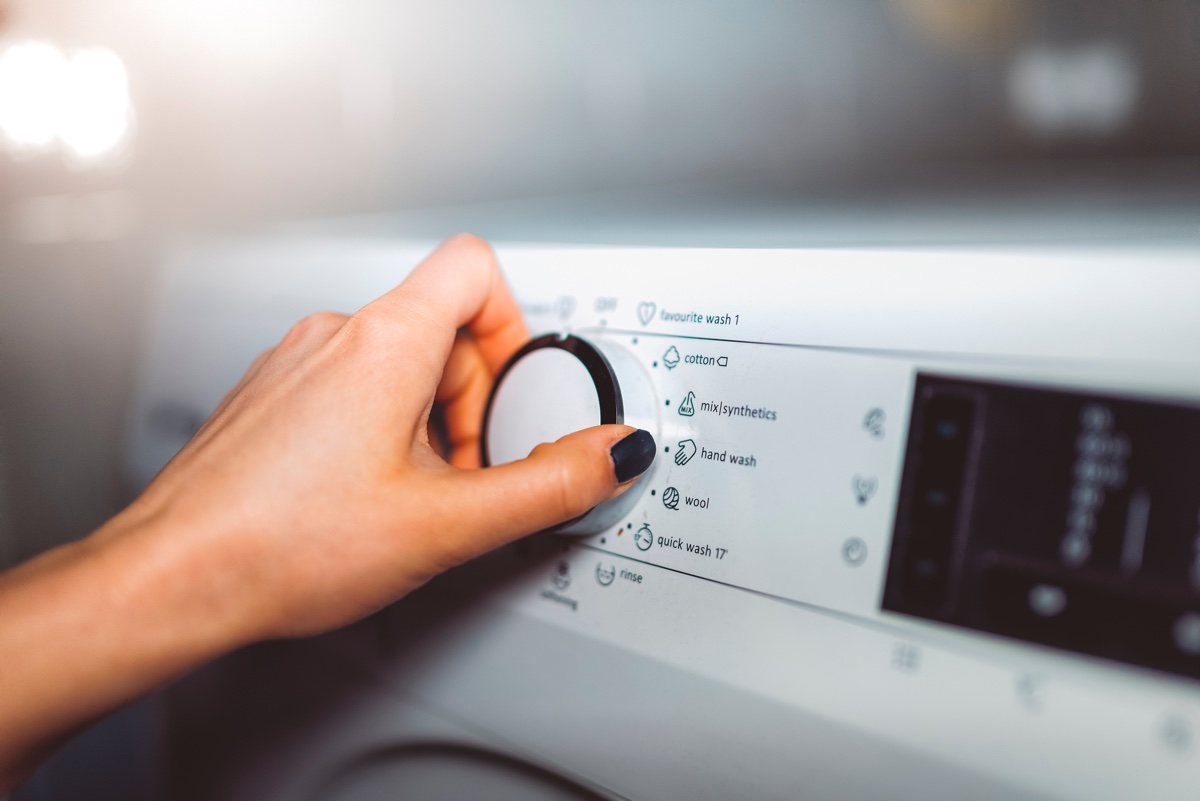


0 thoughts on “How To Wash Stuffed Animals In The Washing Machine”